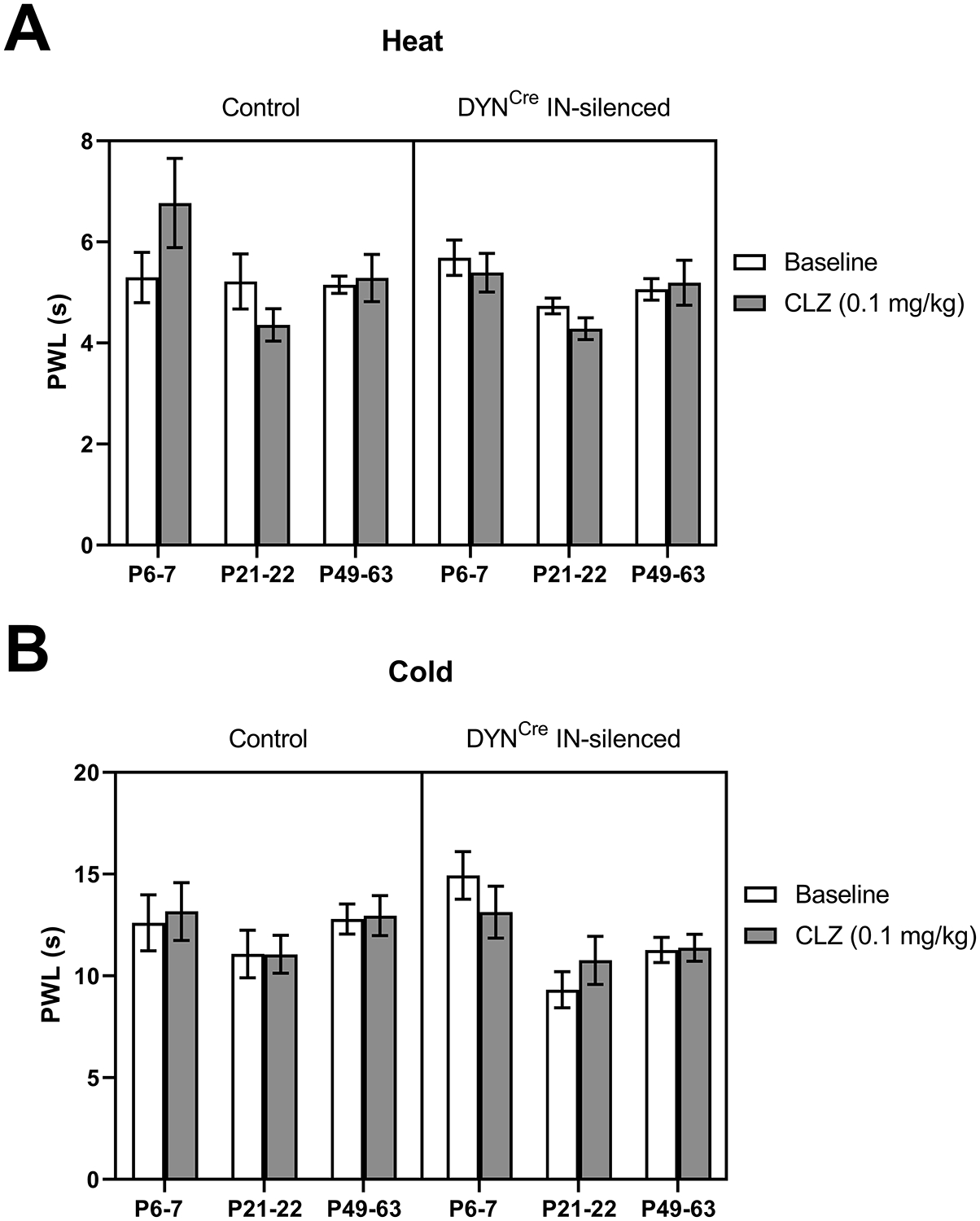Figure 11: Developing DYN interneurons do not modulate thermal sensitivity.

A) Plot of paw withdrawal latencies (PWL) in response to noxious heat before and 20–25 min after CLZ administration. There was no significant interaction between genotype and drug (F(1, 57) = 1.48, p = 0.22; RM three-way ANOVA), suggesting that spinal DYN interneurons do not influence heat sensation. B) Similarly, measurements of the withdrawal thresholds in response to noxious cold revealed no significant interaction between genotype and drug (F(1,61) = 0.21, p = 0.65; RM three-way ANOVA), thereby arguing against a role of inhibitory DYN interneurons in regulating cold sensitivity.
